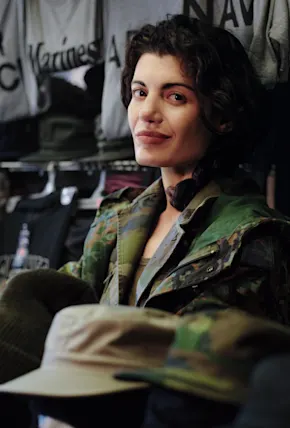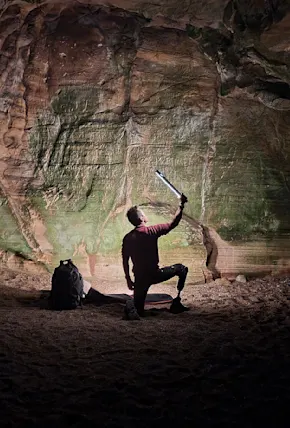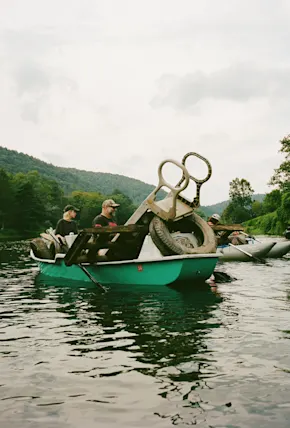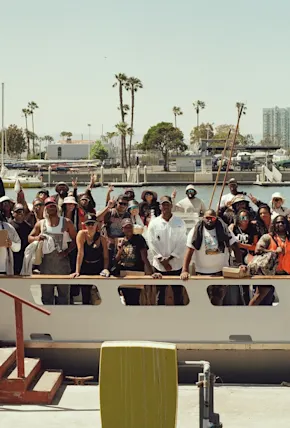Some time In 1989, designer Dana Gleason got a phone call. “I didn’t get someone saying, ‘Hello’ or ‘How are you?’” As he tells it, “I got a guy on the other end going ‘How do I keep the paint on?’”
The man on the line was a member of the original SEAL Team Two. He and his cohorts had been buying Gleason’s Dana Design Astralplane backpacking pack, and then spray painting them tactical colors for use in the field. After a characteristic Dana joke (“You’re spray painting my babies?”), he revealed that the water repellent used in the pack made a bad bond for paint. But he had some ideas. “We had about a 45 minute conversation and I started building them a pack that was similar in design, but black, and with a little heavier fabric, and a couple more zippers,” he recounted.
Nearly two decades later Gleason is still in business with the U.S. Special Forces (and the Canadian SOFCOM, and British SAS, and Australian SOC, etc). And more importantly (for us), he’s happily re-entered the recreational outdoor industry too.














